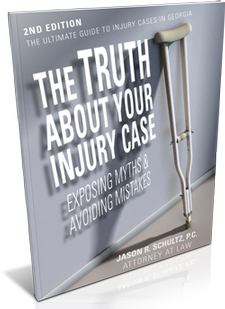Here is a list of the risks water beads pose to children:
- Ingestion: Young children may mistake the beads for candy and swallow them, causing potential blockages or suffocation.
- Choking: If a child accidentally inhales a bead, it can become lodged in their airway and cause breathing difficulties.
- Slipping and falling: The beads can become slippery when wet, increasing the risk of slips and falls.
- Chemical exposure: Some beads may be made with harmful chemicals or dyes that could cause harm if ingested or come in contact with skin.
Even under close supervision, a child may ingest a water bead unnoticed; it only takes a split-second. Symptoms might take hours before becoming evident, and a medical practitioner may find it challenging to determine the source of a child’s pain and discomfort. It’s critical that water beads be kept out of the reach of young children. If your child suffers harm from water beads, contact our office for thoughtful, knowledgeable guidance on the matter.



